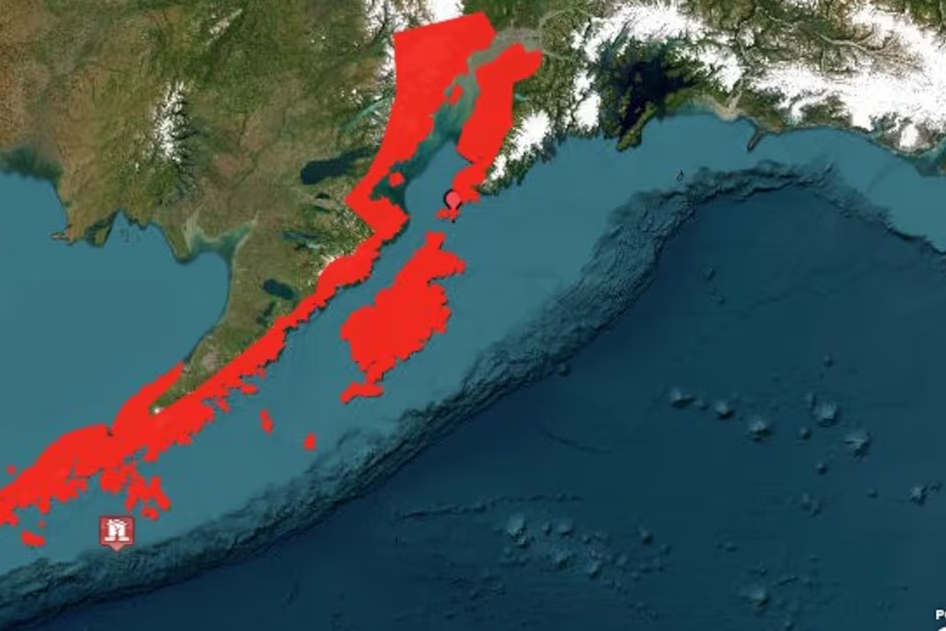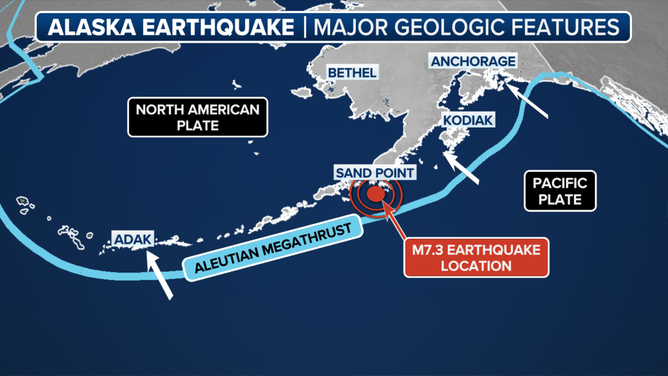A powerful magnitude 7.3 earthquake struck just off the coast of Alaska at 12:37 a.m. local time, prompting immediate concern and a tsunami warning issued by the National Tsunami Warning Center. However, the warning has since been downgraded to a tsunami advisory, as experts monitor the situation and initial assessments show no significant wave activity.
What We Know So Far
- The quake struck about 50 miles south of the Aleutian Islands, a region known for seismic activity.
- Initial warnings stretched from Cold Bay to Kodiak Island, reaching as far as areas approaching Anchorage.
- The National Weather Service (NWS) emphasized that a tsunami advisory still means action should be taken—strong currents and potential flooding are possible, and residents should stay out of the water and follow local instructions.
Why the Alert Was Issued
Given the proximity of the quake to populated areas, particularly the Aleutian Islands, officials issued the warning out of an abundance of caution. Experts explained that with such a shallow depth (12 miles) and short distance from land, any resulting tsunami would hit extremely quickly, leaving little time for response.
While no significant water rise was reported at Sand Point, where the tsunami would have reached within 20 minutes, the decision to downgrade the warning reflects updated data from buoy sensors and forecast models.

Impact on Local Communities
This region is a major fishing hub, and concerns quickly spread among those with boats anchored near shore. Local authorities advised fishermen to move vessels to at least 180 feet deep water—something that can be done relatively quickly in this area by navigating into the Bering Sea or Northern Pacific.
The earthquake brought back memories of a past incident in the northwestern Caribbean, where alerts were issued even before officials fully grasped the tectonic plate movements at play. As scientists pointed out, whether there’s horizontal or vertical displacement in the quake plays a major role in tsunami generation—something that can’t be confirmed instantly after a quake hits.

Monitoring and Real-Time Data
Buoy sensors have been essential in this event, providing near real-time data on wave height and sea movement. So far, no unusual wave spikes have been detected. One buoy south of Kodiak Island continues to send normal readings, reinforcing the advisory downgrade.
Despite the lack of immediate damage, officials continue to monitor the area for delayed or localized impacts—especially in inlets and bays, where the shape of the coastline could amplify wave action.
Final Thoughts
While it’s reassuring that no major tsunami appears to have formed, this event is a reminder of the volatile nature of Alaska’s seismic landscape. Emergency protocols, early warning systems, and community readiness all played a vital role in what could have been a far more serious event.
As officials often say in such moments: better safe than sorry.
Follow UState Pulse News for timely updates, expert insights, and breaking coverage on major events.